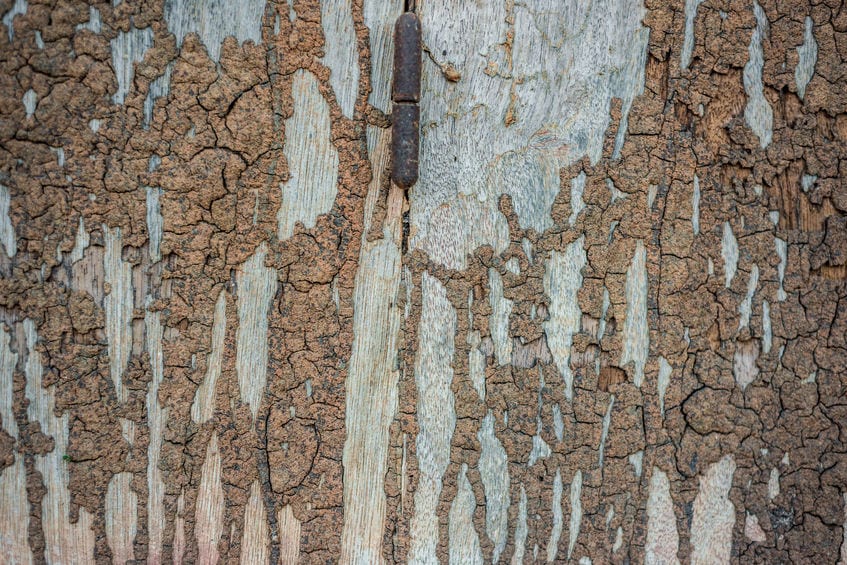Pest control companies in California are required by law to file a wood-infesting insect report form with the state’s structural pest control board for every home their employees inspect. These report forms are made available to members of the public for a period of time after they are filed, which is useful for those inquiring about a particular home’s history of termite infestations and damage. These report forms also include information about termite treatments that have been applied to California properties, as well as structural problems that make homes in the state vulnerable to termite infestations. For example, structural wood components that make ground contact provide soil-dwelling subterranean termites with direct access to a home’s timber frame.
It has become customary for residential property developers to apply termite prevention treatments to the soil before and during a home’s construction. These measures are highly effective at preventing subterranean termite infestations, but not drywood termite infestations. This is because drywood termites can initiate structural infestations in a variety of areas on the exterior and interior of homes as airborne alates, while subterranean termite infestations are initiated from the ground by foraging workers. In order to prevent drywood termite infestations from occurring in homes, many residential property developers construct homes with lumber that has undergone treatments to repel drywood termites.
Homes and other residential structures, like garages, gazebos, decks, barns and custom sheds are sometimes built with wood-cement composite boards. For example, century board is a building material composed of wood and portland cement, and studies show that this material is resistant to Formosan subterranean termites and Pacific dampwood termites. Some recently developed termite resistant building materials are made from waste wood fiber and plastic materials. Although not yet common in the United States, termite-proof concrete slabs are becoming progressively more common in Australia. These slabs are made with a cement mix containing a termite-proof powder known as dieldrin, which prevents subterranean termites from accessing structural wood through cracks in slabs.
Is your home made from termite-resistant materials?


